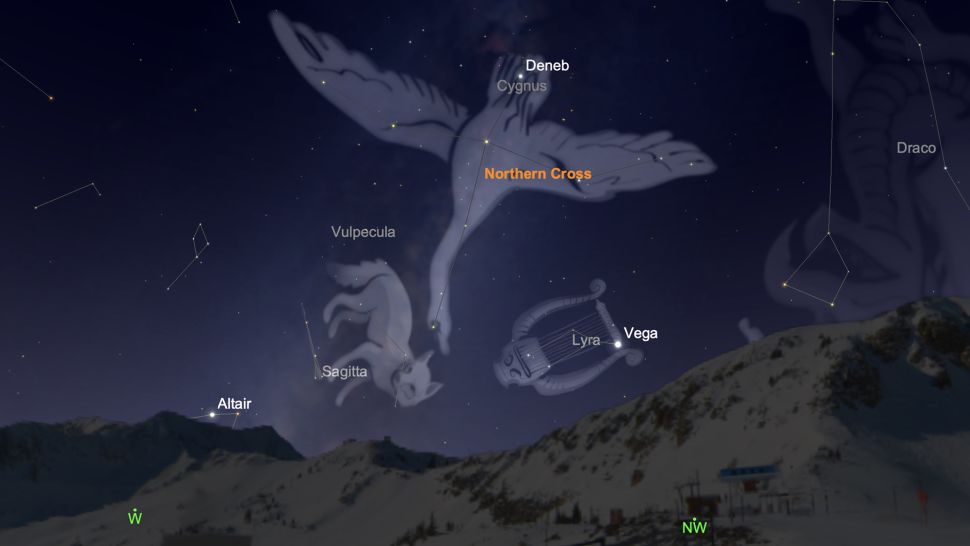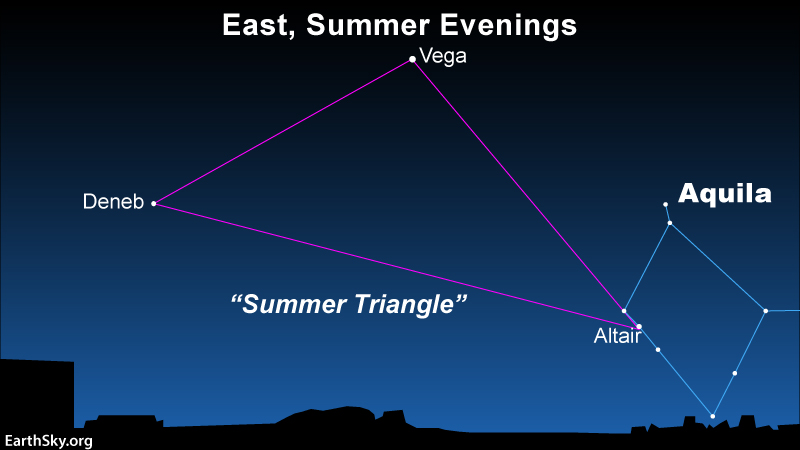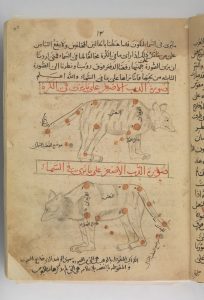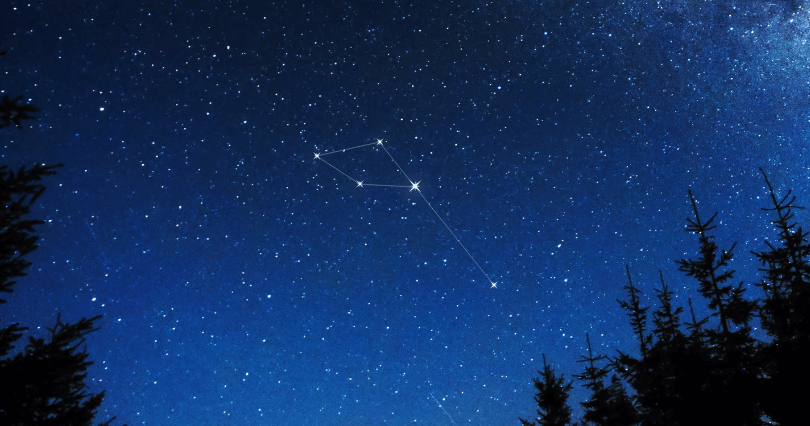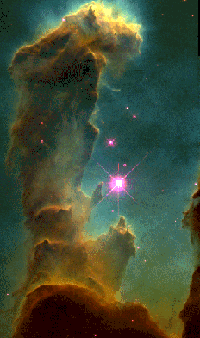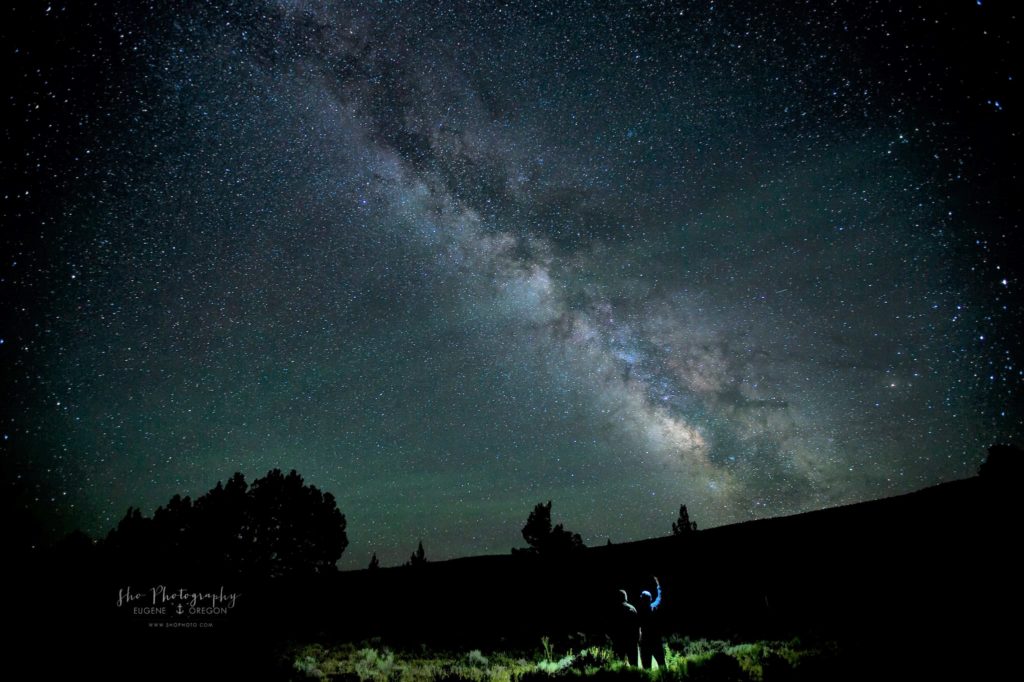Looking for a unique 2021 Holiday gift for someone special? Check out the ideas below for the stargazer from beginner to advanced and young to old.
 Dreaming of becoming an astronaut, but currently a couch potato? You could start that special person with a good pair of binoculars. If they are ready for a telescope, don’t waste your money on one that is difficult to assemble or too complicated. Here is a list of quality telescopes ranging from $100 to $2,000.
Dreaming of becoming an astronaut, but currently a couch potato? You could start that special person with a good pair of binoculars. If they are ready for a telescope, don’t waste your money on one that is difficult to assemble or too complicated. Here is a list of quality telescopes ranging from $100 to $2,000.
Don’t be confused by terms like focal length, aperture, reflector, and refractor. A reflector telescope uses mirrors and a refractor telescope uses lenses. A Catadioptric telescope combines the best of all of these features.
There are even travel telescopes, so stargazers can take passion with them. They are lightweight, compact, and easy to set up. If the recipient lives in an apartment or space is at a premium, then this may be the best choice for them.
A gift of the stars is a great way to involve kids in science and a hobby that could last a lifetime. Get t the whole family off the couch with the book 50 Things To See With A Telescope.
Not all gifts need to be wrapped. Why not plan an entertaining, yet educational group activity, like learning why the moon has craters? Make a dough out of flour and oil, then drop pebbles on this “moon surface” to see what kind of craters they make.
If your loved one has all of the gear they need, then take them on a dark sky vacation. One of the newest dark sky locations is in Name a Star’s backyard at Prineville Reservoir. Whether it is a visit to your back yard or a trip to Oregon, get outside to enjoy the night sky.
If you really want to send that special person into space, name a star after them. Name a Star offers a variety of Holiday gifts. You can even put a special message on the certificate of registration letting them know what a special friend they are.

